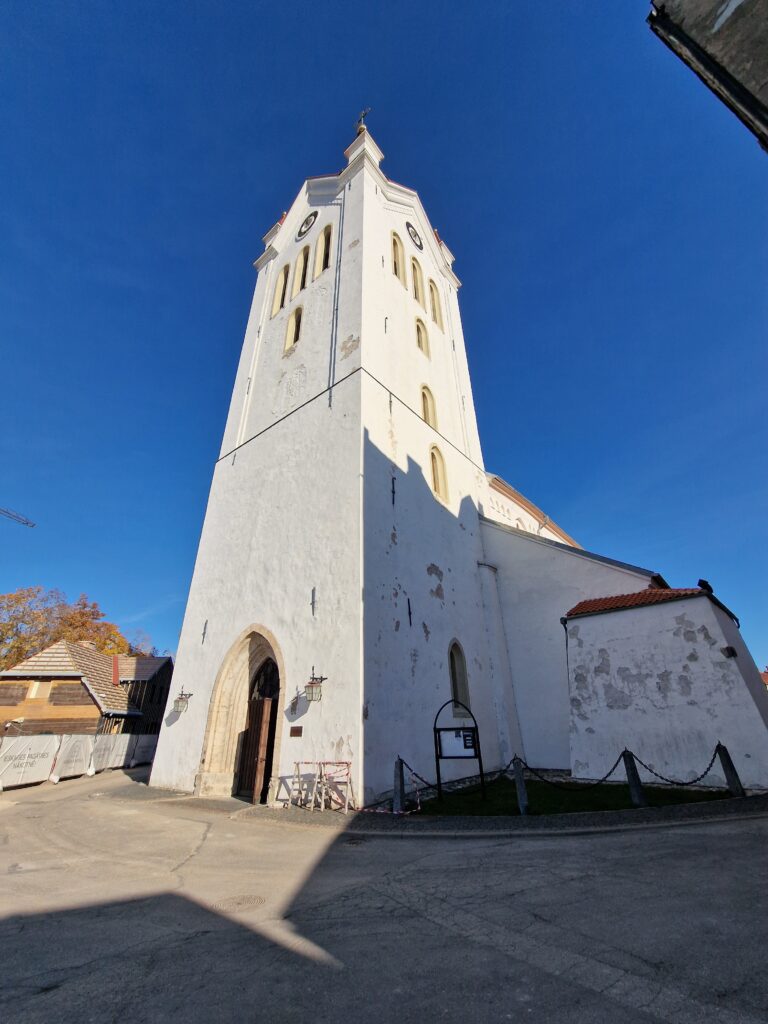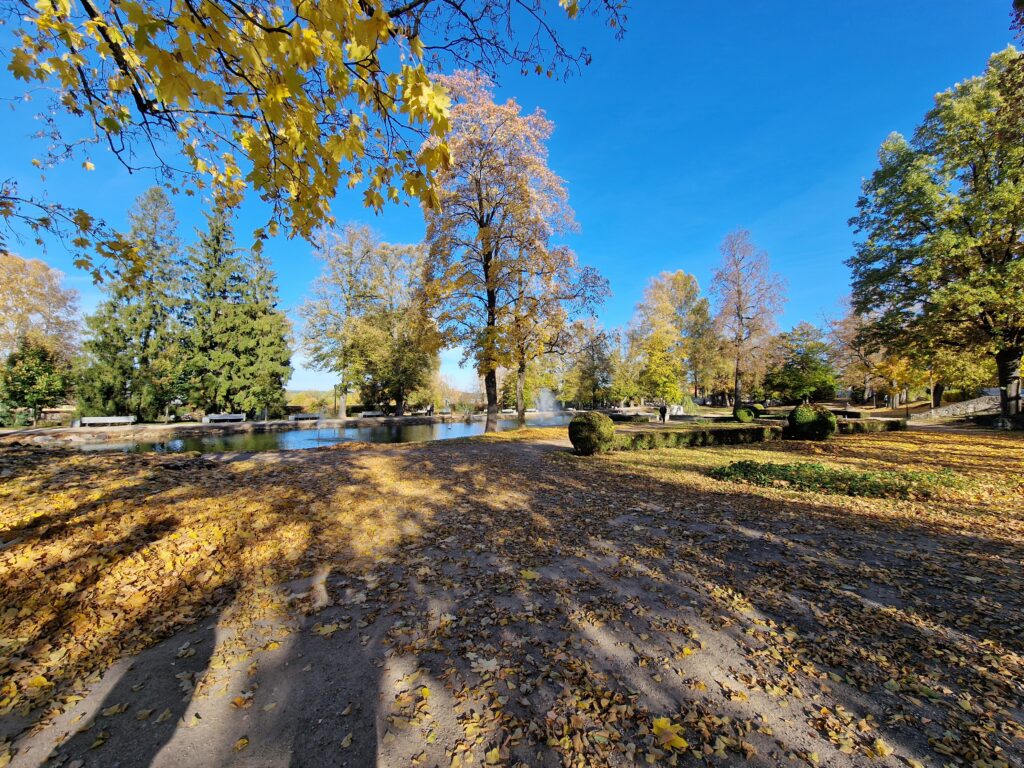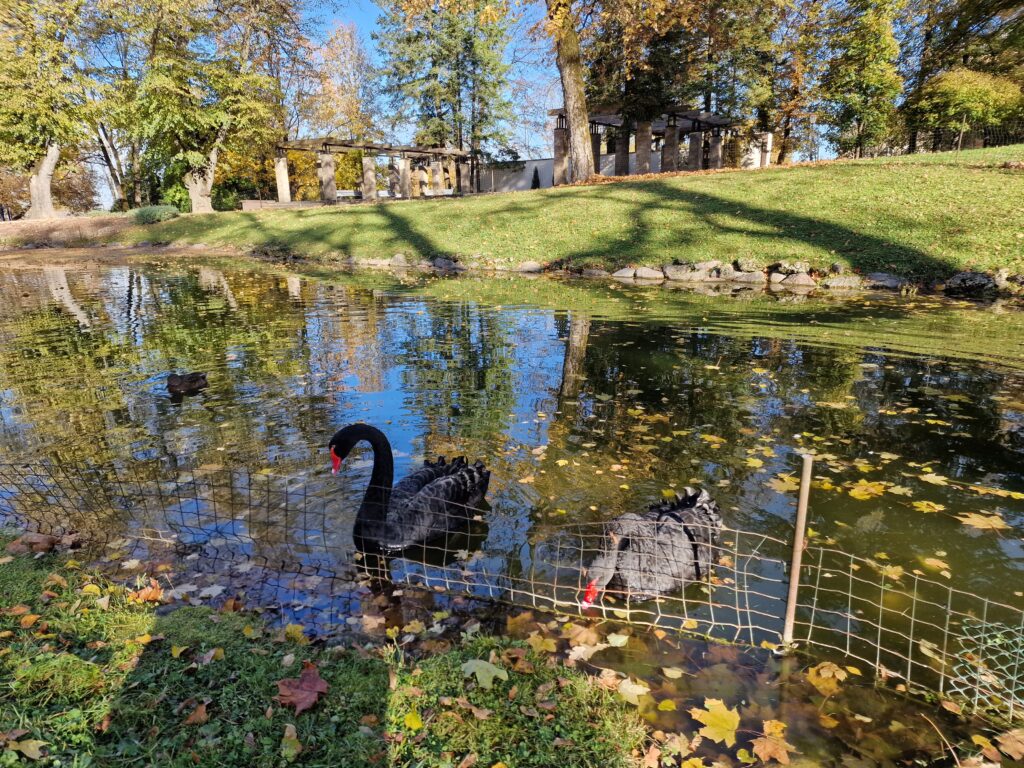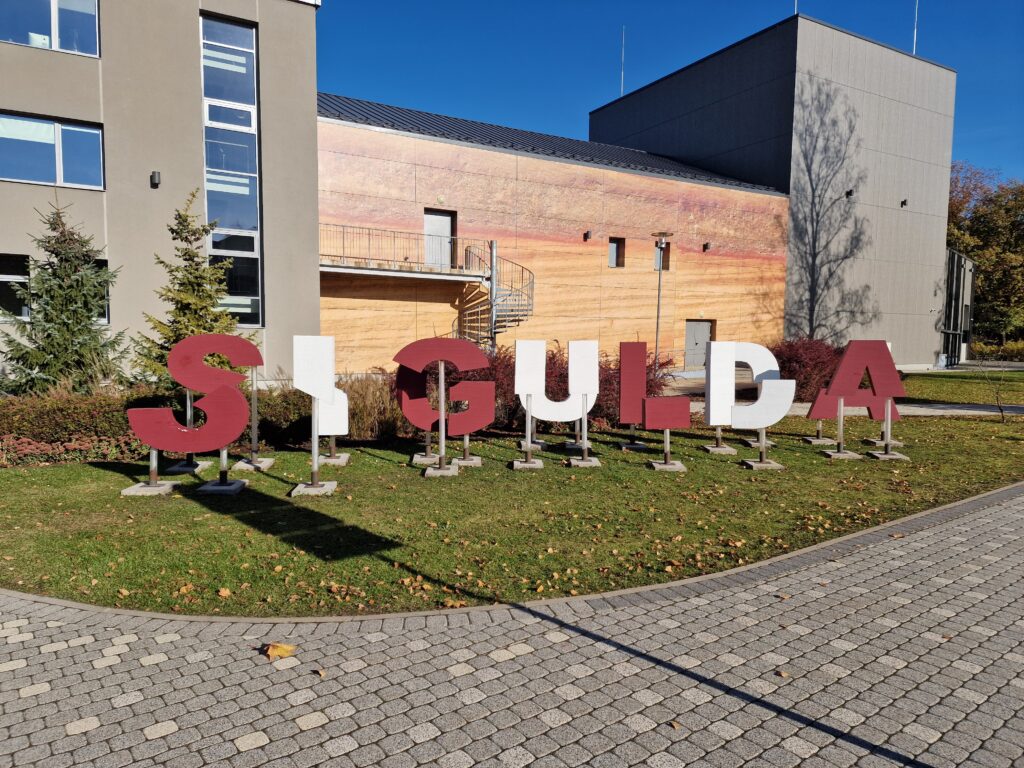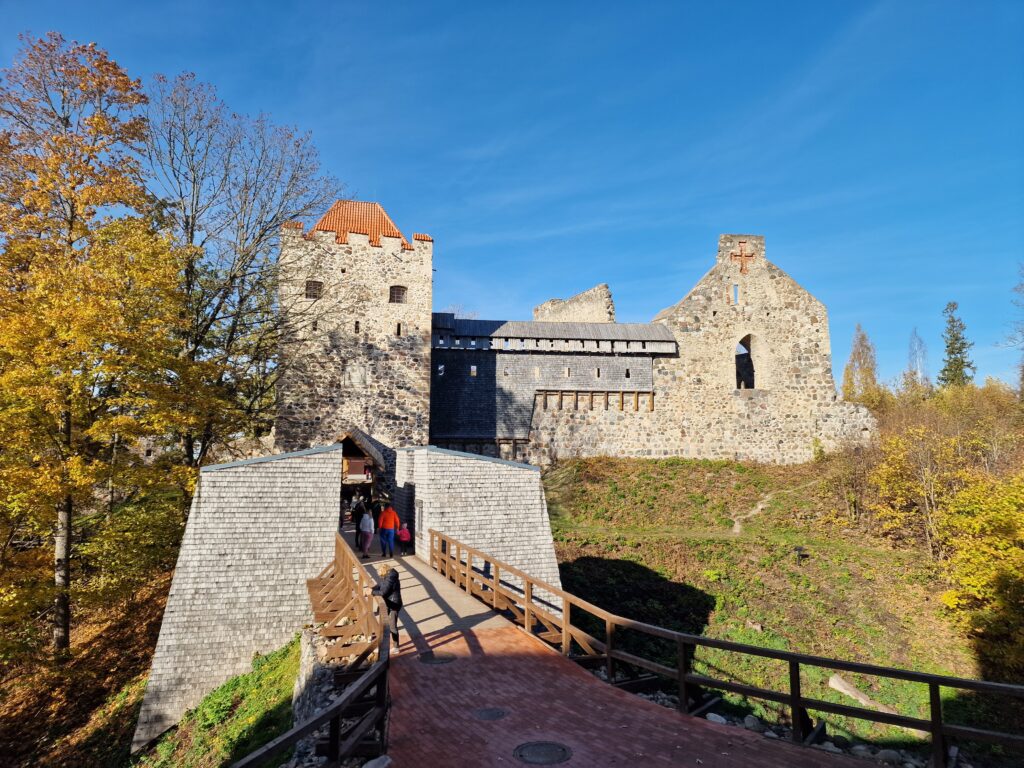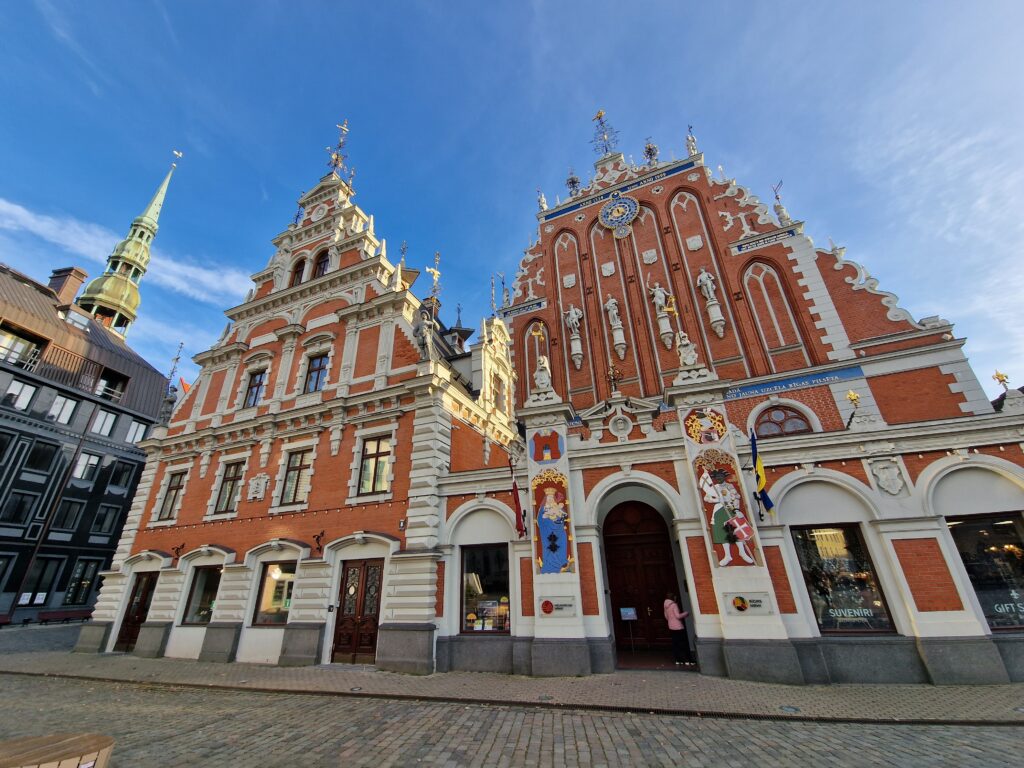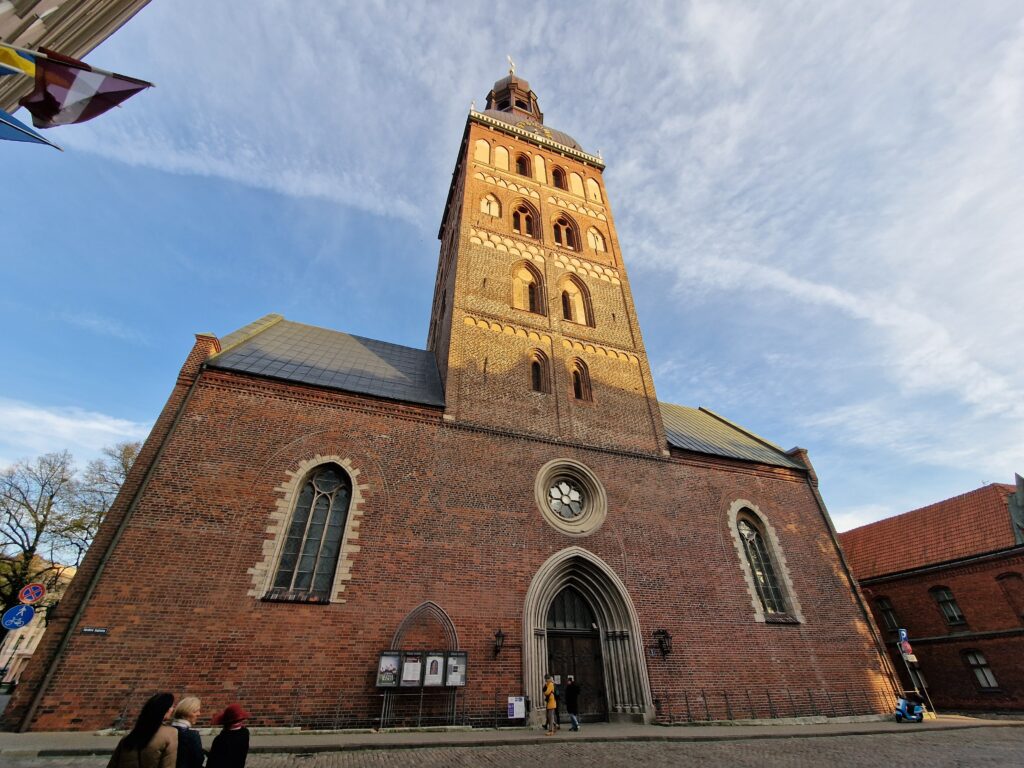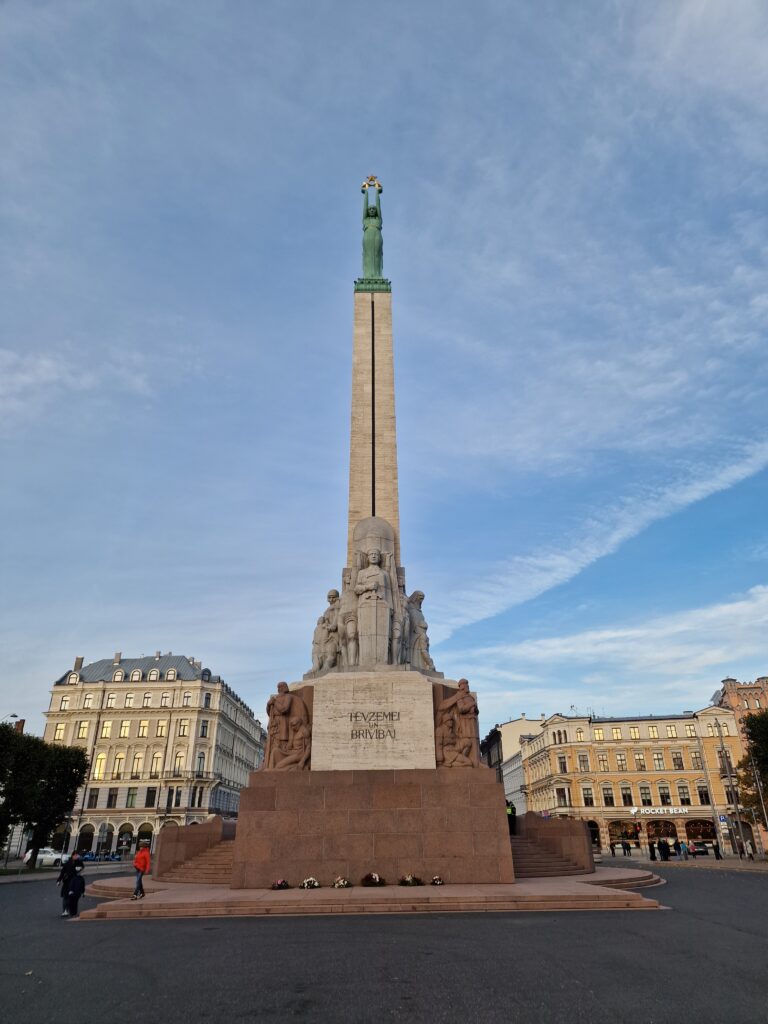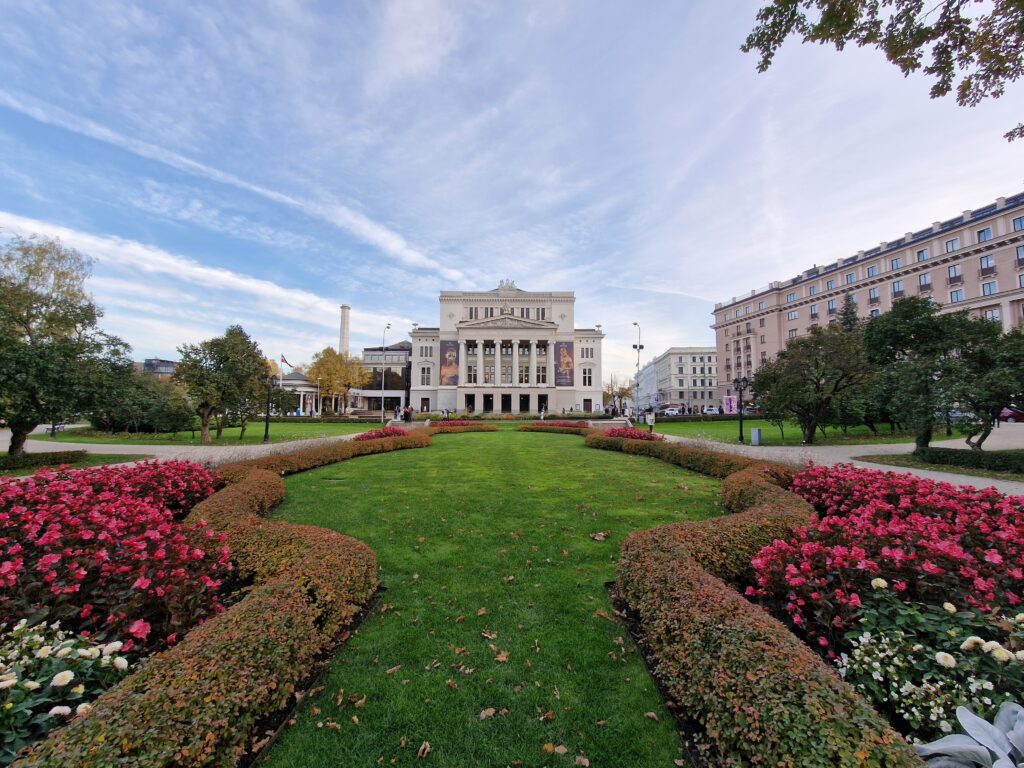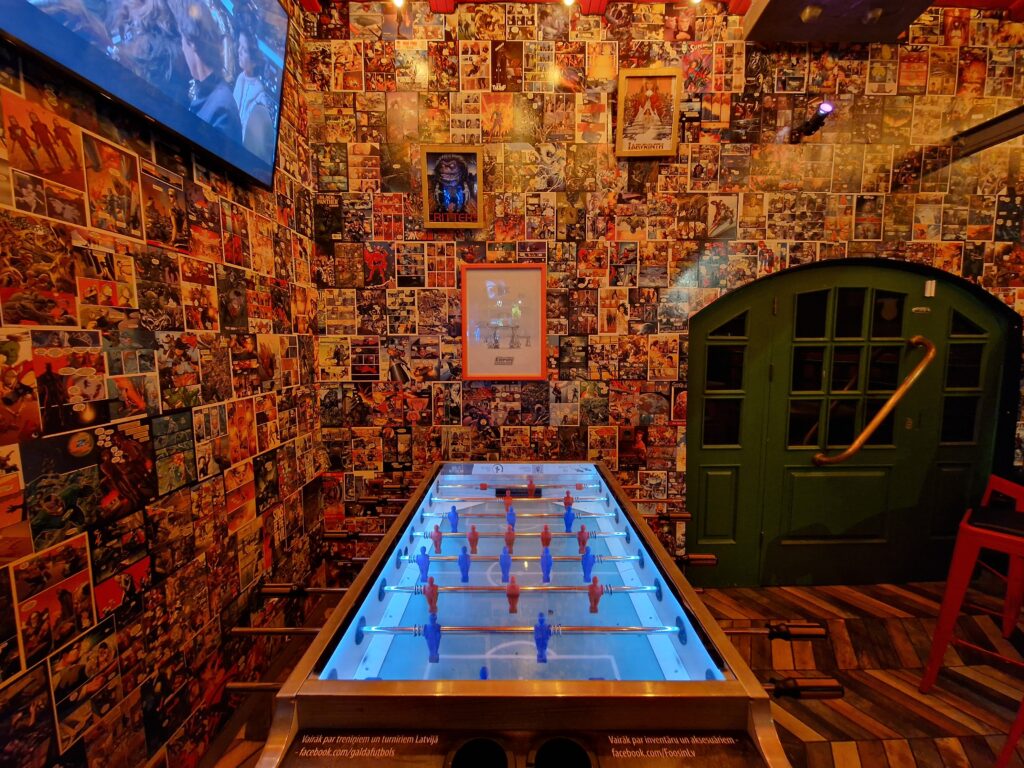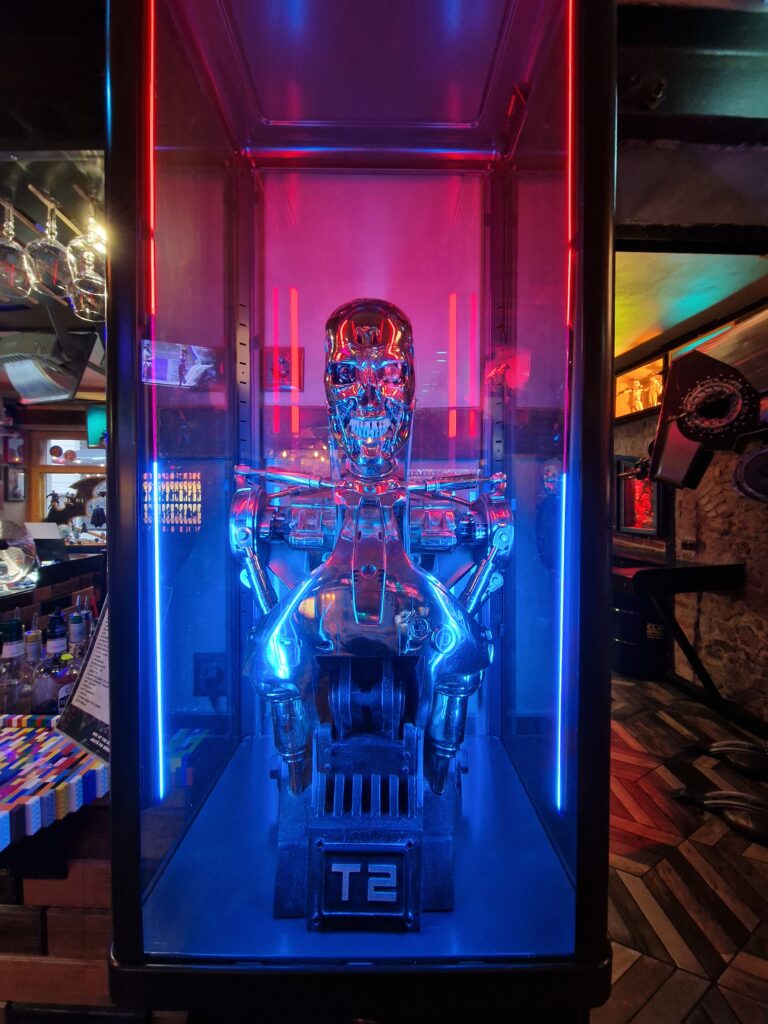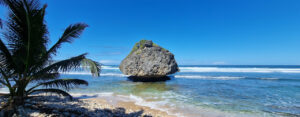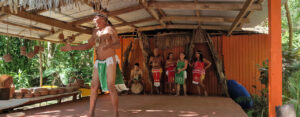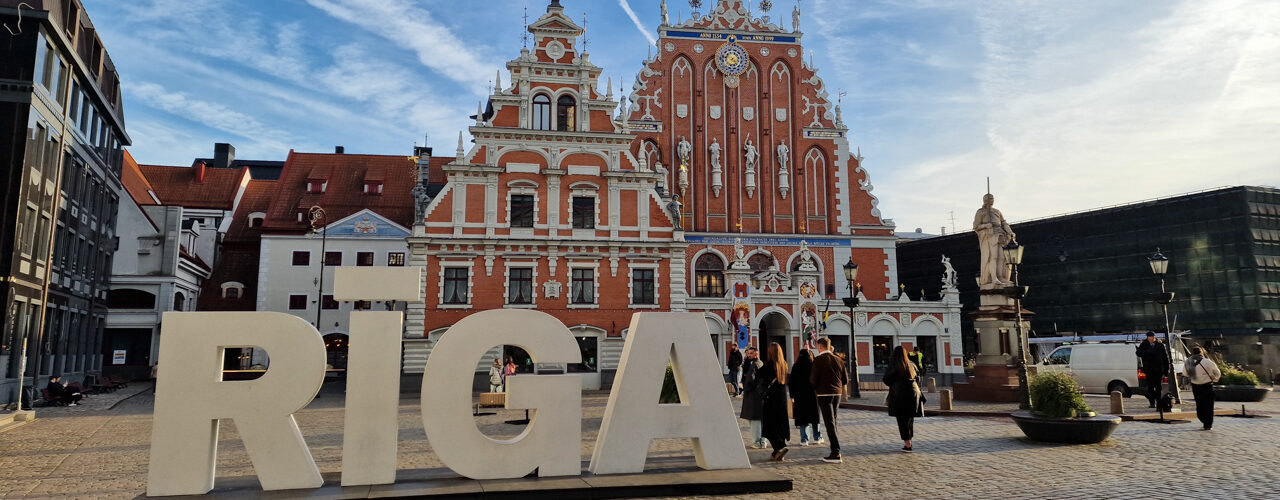
The Latvian Job
Latvia, a country we knew about as well as we knew how to assemble IKEA furniture without instructions, was about to reveal herself in all her glory. Nestled between Estonia and Lithuania on the Baltic Sea, Latvia’s landscape is a patchwork of dense forests, winding rivers, and a coastline that somehow includes both pristine sandy beaches and ominously jagged cliffs. Riga, the capital, is a UNESCO World Heritage site, with more Art Nouveau buildings than a Wes Anderson set, and enough history to fill several thousand textbooks (or, if you’re like us, a few dozen Wikipedia articles). With its medieval castles, Soviet remnants, and the occasional reindeer crossing the road (probably), Latvia seemed ready to deliver a curious blend of culture, nature, and words we couldn’t pronounce without accidentally offending someone.
After crossing the Estonian border—an experience so understated we might have missed it entirely if not for a tiny EU sign—we arrived in Cēsis. The town immediately felt like it had hit the pause button somewhere in the 19th century and never unpaused. The streets were quiet, with only a few people strolling in and out of the local shops, and a relaxed atmosphere hung in the air. The main attraction was Cēsis Castle, an imposing structure that had managed to stand firm through centuries of change. Now serving as a museum, it offered a glimpse into the town’s medieval past. For us, though, the real highlight came when we spotted a few black swans gliding across a nearby lake—adding a touch of elegance to the peaceful surroundings.
From Cēsis, we hit the E77 heading south to Sigulda, which, on that particular Sunday, looked like the Latvian equivalent of Times Square, judging by the number of cars parked along the side of the road. It seemed as though the entire population of Latvia had collectively decided that this was the day to witness the glory of autumn leaves. Sigulda, nestled in the Gauja River Valley, is surrounded by hills and forests, making it the perfect spot for leaf peeping, as the trees transition from green to an aggressive shade of orange. The town’s main draw is the Castle of the Livonian Order, so we dutifully joined the throng of other tourists, eager to behold yet another medieval fortress that promised to be “the best castle” we’d seen all week. For now, it was.
From there, we decided against attempting a lap at the Sigulda bobsleigh, luge, and skeleton track, and absolutely not because we had an aversion to the idea of hurling ourselves down an icy track at breakneck speeds, but because the car park was full. So, off we went to Riga, the capital and largest city in the Baltics. Riga’s size was immediately evident as we drove right into the middle of it, finding a Park4Night spot in a bit of a dark, slightly gloomy courtyard. Once we stepped out, though, the city revealed a different side. With its wide streets and mix of grand old and sleek modern buildings, Riga felt both historic and contemporary, and it’s a lot more walkable than its size might suggest.
We started with the House of the Black Heads in the Old Town, a striking red and white building that stands out even in Riga’s historic centre. Originally built in the 14th century for a guild of unmarried merchants (a very specific club, it seems), the building’s ornate façade is a mix of Gothic and Renaissance influences, complete with intricate carvings and elaborate windows. As we were admiring the architecture, a busker nearby was belting out opera, filling the square with sound and adding to the grandeur of the scene. Riga also offered up the majesty of Riga Cathedral, the Freedom Monument, and the Latvian National Opera. All beautiful, yes, but what truly set Riga apart was the novelty of seeing these spectacular buildings without feeling like we were trapped inside a sweaty tourist sauna, which is more than you can say for certain other European capitals.
The day ended with a visit to the incredibly unique Clayton McNamaras Drinking Emporium, a bar that could only be described as a cross between an antique shop and a Sheldon Cooper fever dream. The walls were a chaotic shrine to kitsch, lined with bizarre models, old gadgets, and memorabilia that looked like it had been excavated from a hoarder’s basement. It was the sort of place where you could easily get distracted by a taxidermied squirrel in a top hat and then forget to pay for your pint. By the end of the day, we’d barely scratched the surface of what Riga had to offer, but we were well and truly ready for a nightcap. It wasn’t the most polished city we had visited, but it definitely had a lot of character. With time on our side, we were curious to see what other quirks the capital—and the remainder of Latvia—had waiting for us.
J
